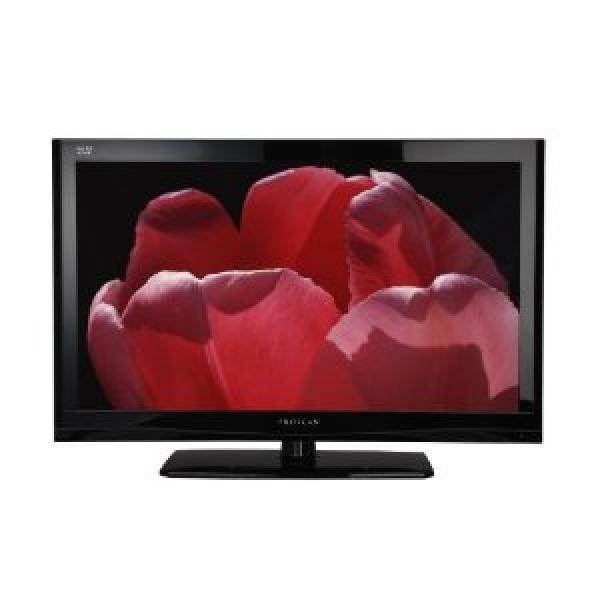
Television broadcasting technology has changed from analog to digital, resulting in increase in the number of choices for the buyers of selecting the best digital televisions. Nowadays, people have become technically sound and want the latest.
There are a lot of factors which you should consider and understand before buying the best HDTV. This article would help you to select the ‘biggest HDTV’:
Native Screen Resolution
High definition television usually has a higher resolution than the traditional television. It has a screen resolution of at least 720p, which displays 720 horizontal lines of pixels (color dot on a screen). Native resolution refers to highest resolution or number of pixels, a television can display. A native resolution of 1280×720 means that the unit is capable of reproducing 1280 dots in a horizontal line by 720 lines of dots vertically. Currently, the highest resolution available is 1080p (1920×1080) and 1080i (1920×1080). Higher the resolution better is the picture quality.
Progressive versus Interlaced Displays
While selecting the ‘biggest HDTV’ both ‘p’ and ‘i’ should be kept in mind. The ‘p’ means progressive and ‘i’ means interlaced. In a progressive display each line is displayed on the screen in progressive order and in an interlaced display all odd lines display in one pass and the even lines in next pass. Interlaced technology is used in analog televisions and is better than the progressive. The 1080p displays a smoother video with less distortion but the picture quality is better in 1080i.
Screen size should be determined by viewing distance
Standard resolution television transmissions look clears when you watch it from distance and when you watch it from close it looks distorted on an HDTV. This is because when a 480 resolution standard television transmission gets translated into 720 or 1080 pixels, a certain degree of distortion is generated.
The basic rule of calculating ideal viewing distance for HDTV screen is that one should not site closer than 1.5 times the diagonal measurement of the screen. The maximum distance for better viewing quality is about 3 times the diagonal measurement. It is important to know the viewing distance from where your HDTV is placed and form where you are viewing it and this much distance should be maintained while looking for a HDTV in a showroom.
LCD, Plasma or Rear Screen Projection
Rear projection screens usually have the lowest up-front cost but highest costs over the life of the television because of the projection bulbs which are very expensive. They cost around $300 to $500 and have to be replaced after every 4 or 5 years.
Plasma displays are the best and popular displays. They have a great viewing angle which enhances your video screen in a dark room. But power consumption is its biggest drawback as it consumes twice the energy as compared to LCD screen. LCD utilizes the same technology which is found in flat screen computer displays. Nowadays, LCD televisions are becoming more popular. The reason being they have a good picture quality, consume less energy and are affordable.
Colors, Brightness, Contrast Ratio, Refresh Rate
Nowadays ‘biggest HDTV’ is available in good colors in the market. Brightness and contrast ratio are two important factors which affects picture quality. It is important for the buyers to protect them from being misguided when you are in a showroom because the showroom owner turns up the brightness so the picture looks clearer. But that same level of brightness will not give a good picture inside your home.
The contrast ratio is the difference between white and black color levels. A good contrast ratio produces darker blacks that make the color stand out brighter. There are multiple methods used to determine the contrast ratio which makes it difficult to compare. Select your ‘biggest HDTV’ with rich colors and dark blacks to improve color richness.
Quick buying tips:
1. Check in different stores so that you can gain more knowledge about different ‘biggest HDTV’ and choose the best among them.
2. Go through the websites of different stores to know the prices.
3. Understand proper viewing distances and select screen size according to your room.
4. Check the brightness level of the showroom and ask them to turn it off if it is turned on.
5. Choose the best one with a good color balance and high quality display.




